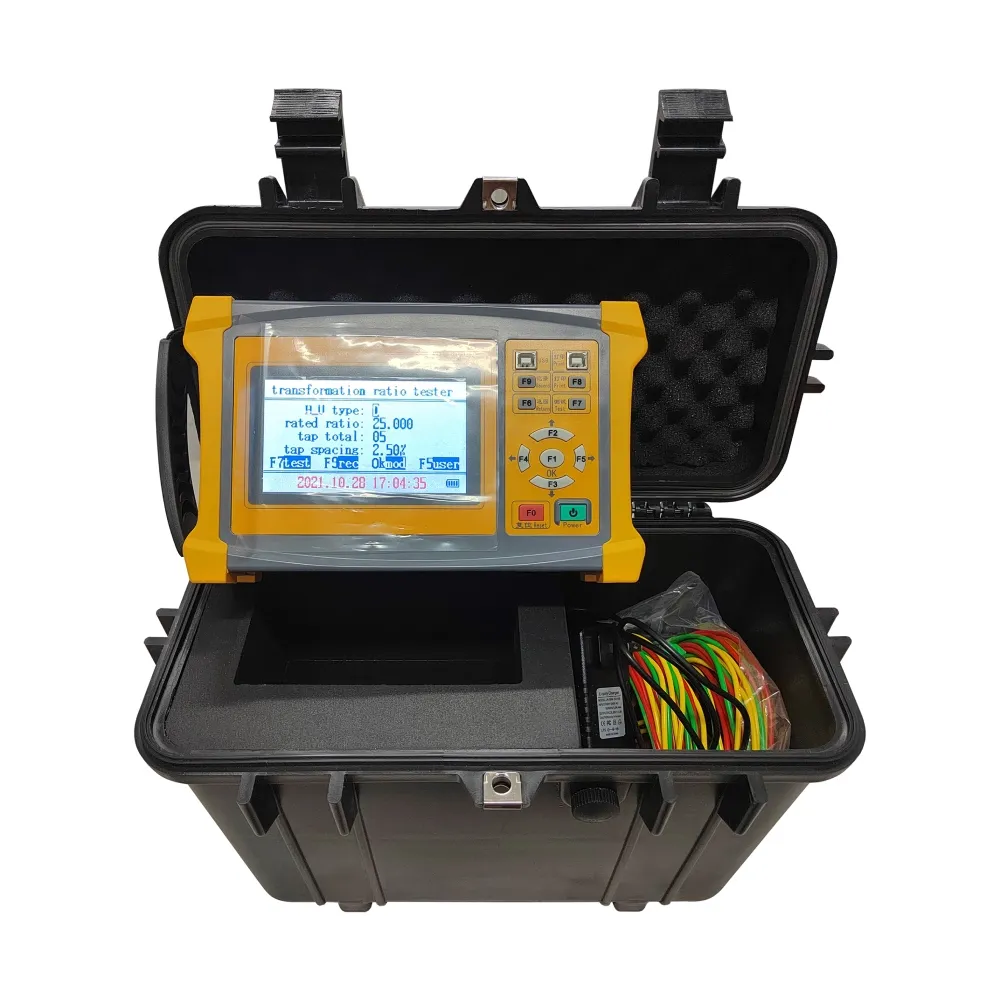 English
English


Testing and Commissioning Procedures for Dry Type Transformers in Electrical Systems
Dry Type Transformer Testing and Commissioning
Dry type transformers are essential components in electrical power distribution systems, offering advantages such as safety, reduced environmental impact, and ease of maintenance. The process of testing and commissioning these transformers is critical to ensure they operate efficiently and reliably in various application settings. This article will outline the essential steps and considerations involved in the testing and commissioning of dry type transformers.
Importance of Testing
Testing a dry type transformer is vital to verify its performance and operational integrity before it becomes part of the power system. Such testing helps to detect manufacturing defects, ensures compliance with industry standards, and provides confidence in the transformer's ability to handle expected loads. The testing process typically comprises several stages, including insulation resistance testing, transformer turns ratio testing, and power factor testing.
Insulation Resistance Testing checks the integrity of the insulation system, ensuring that it can withstand the applied voltage without breakdown. A high insulation resistance value is crucial for the transformer's longevity and safety.
Transformer Turns Ratio (TTR) Testing helps verify that the transformer's winding ratios are correct. This test is crucial in determining whether the transformer will step up or step down voltages as intended.
Power Factor Testing evaluates the dielectric losses in the insulation system, providing insights into its condition. A high power factor can indicate moisture ingress or other insulation issues that could lead to transformer failure.
Other Necessary Tests
Besides these primary tests, additional assessments may include harmonic analysis to evaluate the effects of non-linear loads and temperature rise tests to ensure the transformer does not overheat under load conditions
. Each of these tests provides critical data that contribute to the overall assessment of the transformer's health and performance.dry type transformer testing and commissioning

Commissioning Process
After testing, the commissioning of the transformer is the next step. This process involves installing the transformer in its designated location and connecting it to the electrical system. Proper handling and installation are paramount to avoid damage to the components.
Before energization, a thorough commissioning checklist should be followed. This includes verifying all electrical connections, ensuring that grounding systems are correctly installed, and confirming that all protection relays are configured accurately.
It is also essential to perform a final inspection of the physical installation. This inspection should check for any mechanical defects or potential hazards that could arise once the transformer is energized.
Energization and Monitoring
Once all pre-commissioning tests are satisfactory, the transformer can be energized. Initially, it should be monitored closely for any abnormal sounds, heating, or vibrations, supported by diagnostic tools to measure temperature and electrical parameters. Continuous monitoring for the first few days after commissioning can help detect any early signs of failure.
Conclusion
The testing and commissioning of dry type transformers are crucial to ensuring their safe and reliable operation in electrical systems. Meticulous attention to testing procedures and installation practices can significantly reduce the risk of operational failures, ensuring that these vital components perform optimally for years to come. The deployment of advanced diagnostic techniques and adherence to established standards will further enhance the reliability and efficiency of dry type transformers in modern electrical infrastructure.
-
Differences between open cup flash point tester and closed cup flash point testerNewsOct.31,2024
-
The Reliable Load Tap ChangerNewsOct.23,2024
-
The Essential Guide to Hipot TestersNewsOct.23,2024
-
The Digital Insulation TesterNewsOct.23,2024
-
The Best Earth Loop Impedance Tester for SaleNewsOct.23,2024
-
Tan Delta Tester--The Essential Tool for Electrical Insulation TestingNewsOct.23,2024





